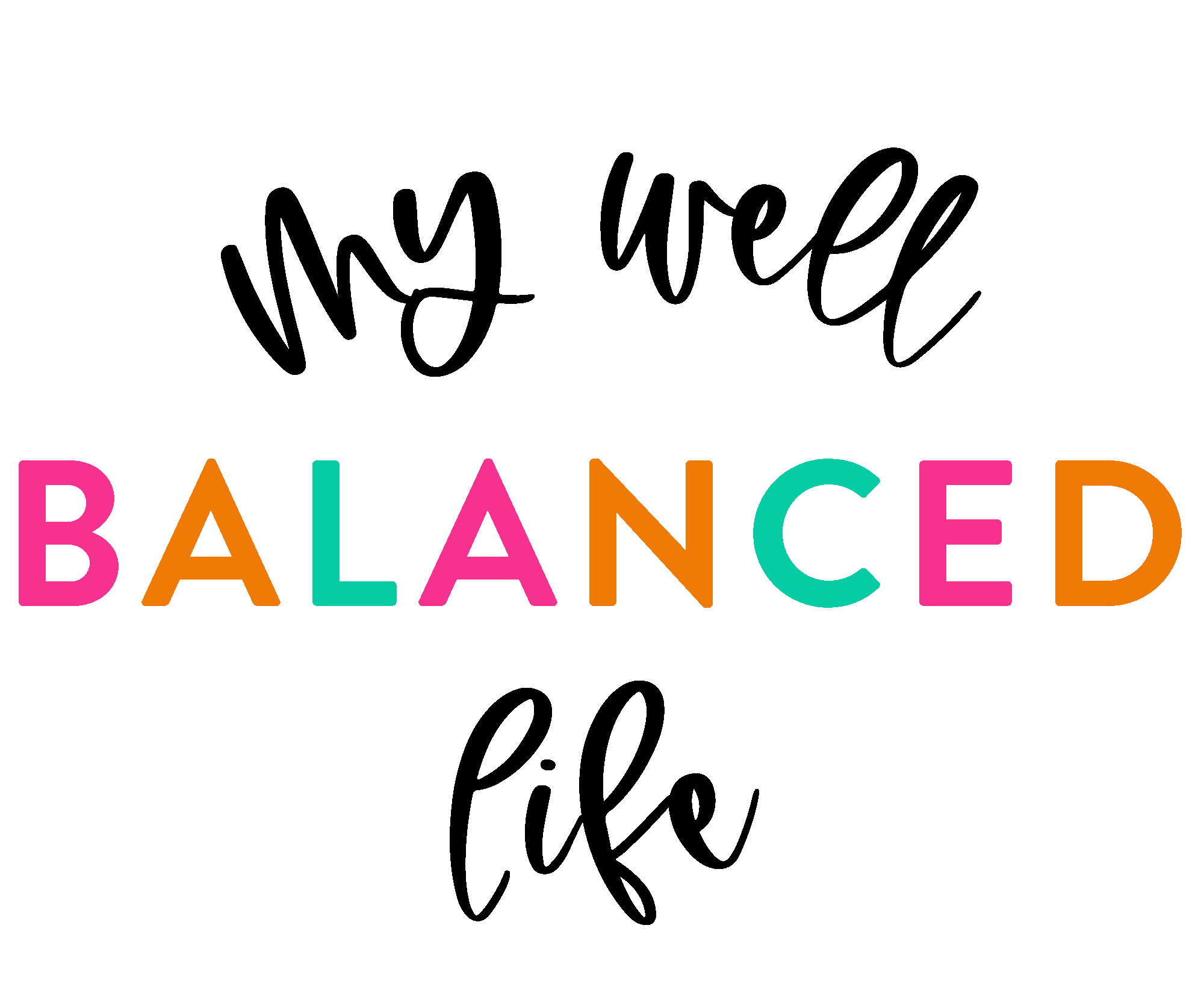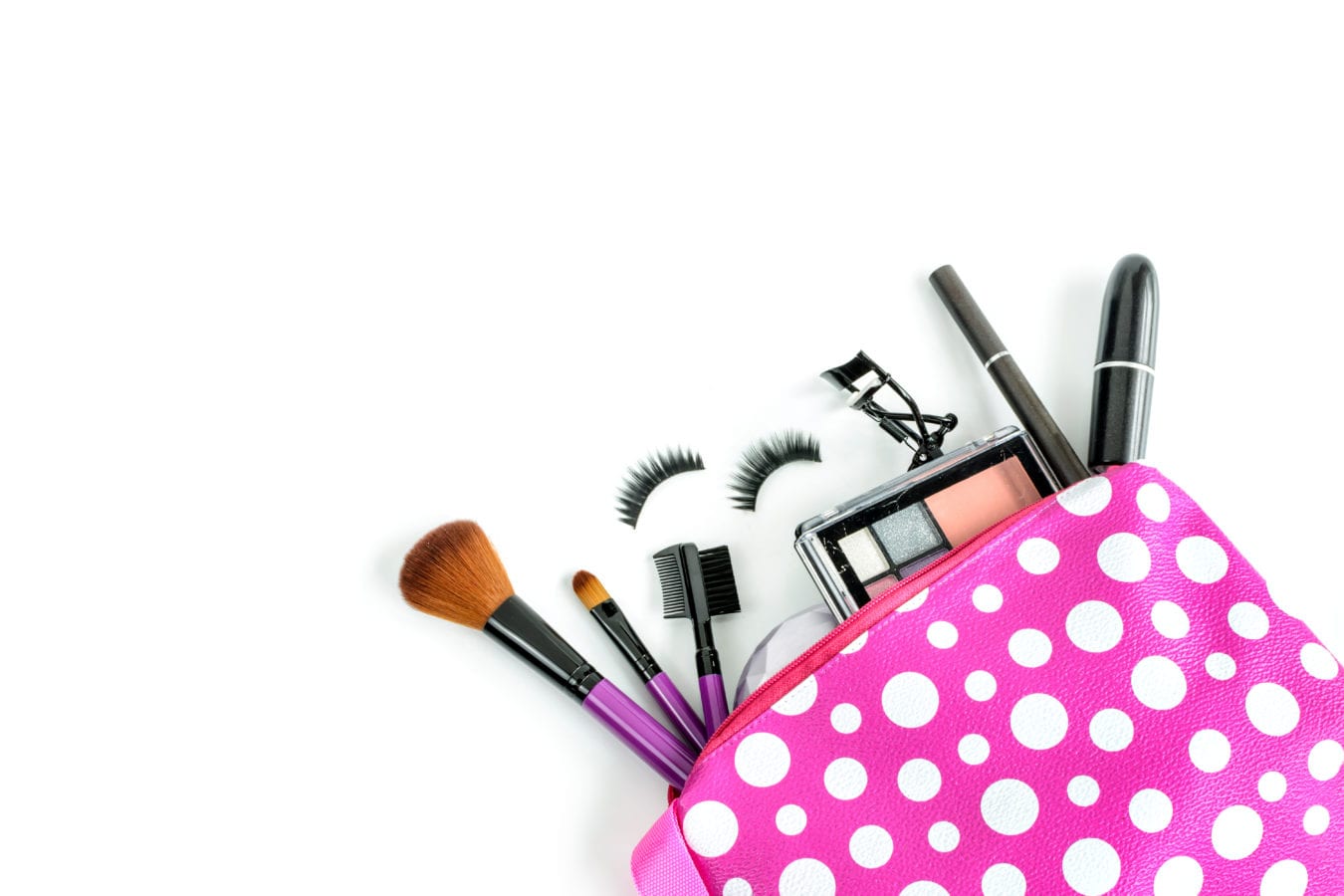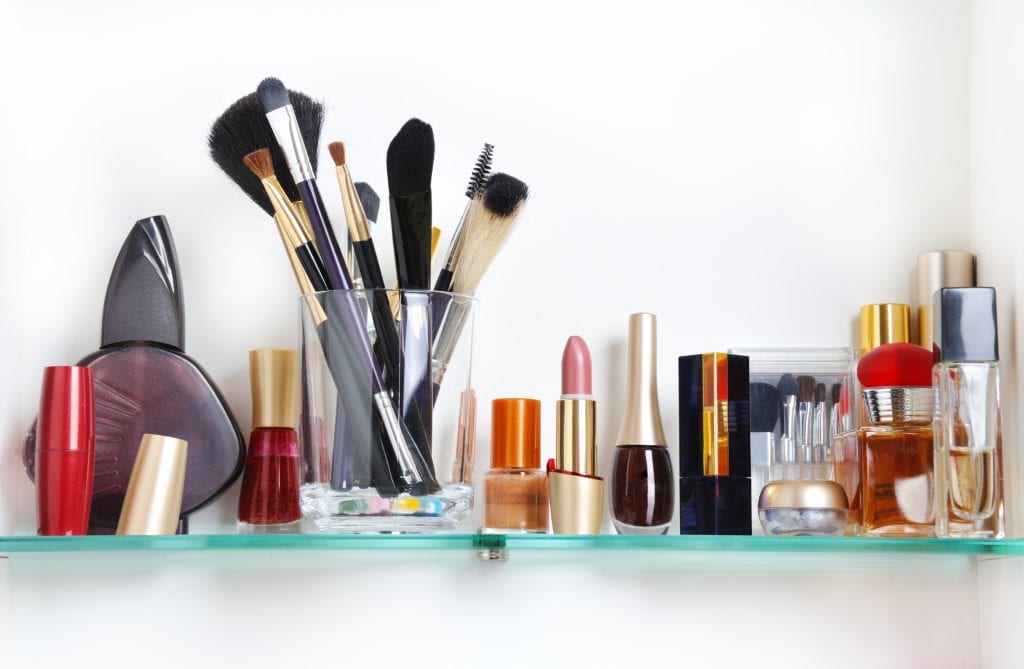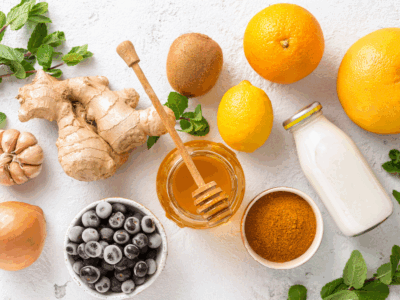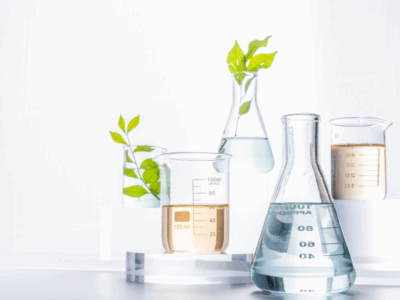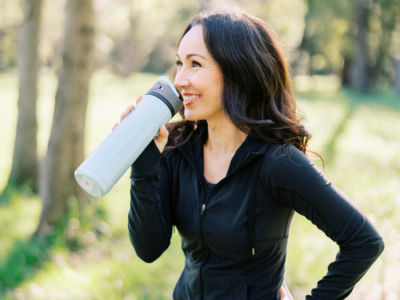[Updated: September 23, 2020]
Table of Contents[Hide][Show]
Reading labels on food items is nothing new, but are you reading the labels on your personal care products as well? Because you should definitely be paying attention to the ingredients in your beauty, skincare, and hair care products.
What You May Not Know About The Personal Care Products You Use
It may shock you to learn that the beauty industry in America is highly unregulated. In fact, the last major federal law passed by the US government to regulate the cosmetics industry occurred in 1938. And, except for color additives, personal care products and their ingredients are not subject to FDA approval. (Sources: Environmental Working Group, 2018; FDA, 2020)
While the European Union bans approximately 1400 ingredients from personal care products, America only bans thirty which are deemed as harmful. And products labeled as “natural,” “organic,” or “green” don’t guarantee a higher level of safety.
Not all chemicals are bad (water is a chemical after all!), but the toxic chemicals are the ones to be concerned about. Toxic chemicals can negatively impact our bodies by disrupting our endocrine and hormone functions, causing neurological damage, impairing our biological systems, and significantly damaging our cells and organs.
It is no secret that problems such as infertility, asthma, allergies, developmental issues, autoimmune diseases and cancer are on the rise in this country. And environmental chemicals are the suspected culprits according to the National Institutes of Health.
If you live in a busy metropolitan area or manufacturing hub, you might be thinking that means smog or other manufacturing byproducts that are released into the air and environment.
While those are sources of environmental toxins, they are not the most frequent source of exposure for the average person. Our most frequent exposure comes from the personal care, laundry, and household cleaning products we use on a daily basis. A survey conducted by the Environmental Working Group found that adult women use an average of 12 personal care products each day, and teens use an average of 17.
Did you know that it takes only 26 seconds for the ingredients from cosmetics and personal care products to enter our bloodstream after application? That’s why we should take notice of the most common offenders and make efforts to avoid them.
Here are…
7 Common Ingredients To Avoid When Selecting Beauty And Personal Care Products
1) PARABENS
Parabens are very common and found in many beauty and skincare products because they increase shelf life. Aside from their anti-bacterial properties, they act as preservatives which allow products to last much longer. This is a plus for beauty companies, but definitely a negative for our bodies. It is important to avoid parabens because of their damaging effects on the endocrine system. Parabens mimic estrogen in the body. In other words, our bodies recognize parabens the same way they recognize estrogen — so in essence as a “fake estrogen”. An excess of parabens can result in high estrogen levels in the body which have been linked to breast cancer, skin cancer, decreased sperm count, as well as hormonal imbalances and reproductive issues.
2) PHTHALATES
When you see the word phthalates, think plastic. Phthalates are plasticizing chemicals which help lubricate other substances, help lotions and makeup penetrate and soften the skin, and help fragrances last longer. It’s quite obvious why companies would want to use these little chemical plasticizers, but rather alarming to think of these substances in our bloodstreams. In recent years, phthalates have been linked to an array of troubling issues to include asthma, ADHD, breast cancer, obesity and type II diabetes, neurodevelopmental issues, behavioral issues, autism spectrum disorders, endocrine disruption, impaired reproductive development and male fertility issues.
3) FRAGRANCE
This one is rather misleading as fragrance is a fairly pleasant sounding thing. However, companies are able to disguise an alarming amount of chemicals by listing this single ingredient. Unfortunately, these cryptic “fragrances” which are found in many creams and hair products are largely linked to allergies (both food and environmental), skin issues, respiratory problems, hormone disruption and reproductive issues.
4) SODIUM LAURYL SULFATE (SLS) AND/OR SODIUM LAURETH SULFATE (SLES)
Sodium lauryl sulfate is a synthetic soap which creates a foamy lather as it cleans, and it is present in most body washes, soaps, shampoos, toothpastes and laundry detergent. Since people have grown accustomed to its presence, many feel as if products MUST have significant lather or they do not work. That is not the case. SLS/SLES has been known to be an irritant to the skin and eyes, and helps other chemicals get into the body because of its identification as a penetration enhancer. It has also been linked to allergies, which have become so common and prevalent these days.
5) BHA AND BHT
BHA (butylated hydroxyanisole) and BHT (butylated hydroxytoluene) are synthetic antioxidants which are used as preservatives in lipsticks and moisturizers, among other cosmetics. You can also find these widely used as food preservatives. It is obviously cost effective for companies to use ingredients which make their products last longer, but it is disturbing when it is at the cost of our health. BHA and BHT are linked to skin irritation, hormone disruption, and liver damage, and they also have been identified as carcinogens.
6) LEAD
It is common knowledge that lead is very harmful, though most associate it only with paint. Yet more than 60% of all lipsticks and lip glosses contain this neurotoxin, in addition to other makeup items. Neurotoxins are toxins that are poisonous or destructive to nerve tissue. With women applying lipstick multiple times a day, this leads to significant exposure over time. Lead exposure is extremely dangerous as it has been linked to many negative issues which are becoming more and more common, such as learning disabilities, behavior issues, menstrual irregularities, and infertility.
7) TRICLOSAN
Though this one is not found as much in makeup or traditional skin care, it is in a few products which most people use every day. Triclosan is a widely used antimicrobial chemical which can be found in toothpastes, antibacterial soaps, and deodorants. Triclosan is a known endocrine disruptor (especially harmful to thyroid and reproductive hormones) and a skin irritant.
Want To Learn More?
Campaign For Safe Products, a project of Breast Cancer Prevention Partners has compiled a larger list of Chemicals of Concern – the top ingredients and contaminants we should avoid in our personal care products.
How To Find Out If Your Personal Care Products Contain Toxins
The Environmental Working Group has compiled the Skin Deep Database. You can look up over 60,000 products to see detailed ingredient information as well as an overall product safety rating. Aim to choose products with a rating of 1 or 2 to significantly lower your toxic exposure.
How To Find Safer Alternatives For Your Personal Care Routine
Fortunately, there are companies out there making better, safer, and healthier products which are of high quality and effectiveness. Two of my favorites are Beautycounter and Primally Pure. These companies are working hard to make safe products available to everyone, as well as fighting for better regulation of our products.
If you’re looking for a way to kickstart your transition to healthier personal care products, check out this list of the top 5 healthy skincare and beauty products I use and recommend.
Reducing your toxic load is a very realistic way to help yourself and your family live healthier lives. I have spent the last three years switching over all of our products to healthier alternatives that are as clean and toxic-free as possible, while still being effective. As someone who spent years struggling with fertility and multiple miscarriages, I feel very strongly about avoiding these harmful ingredients and have made it a priority for my family. It may take a bit of time to make changes, but it is 100% worth it. You cannot avoid every toxic chemical out there, but all the little changes add up to big results and better health overall.
